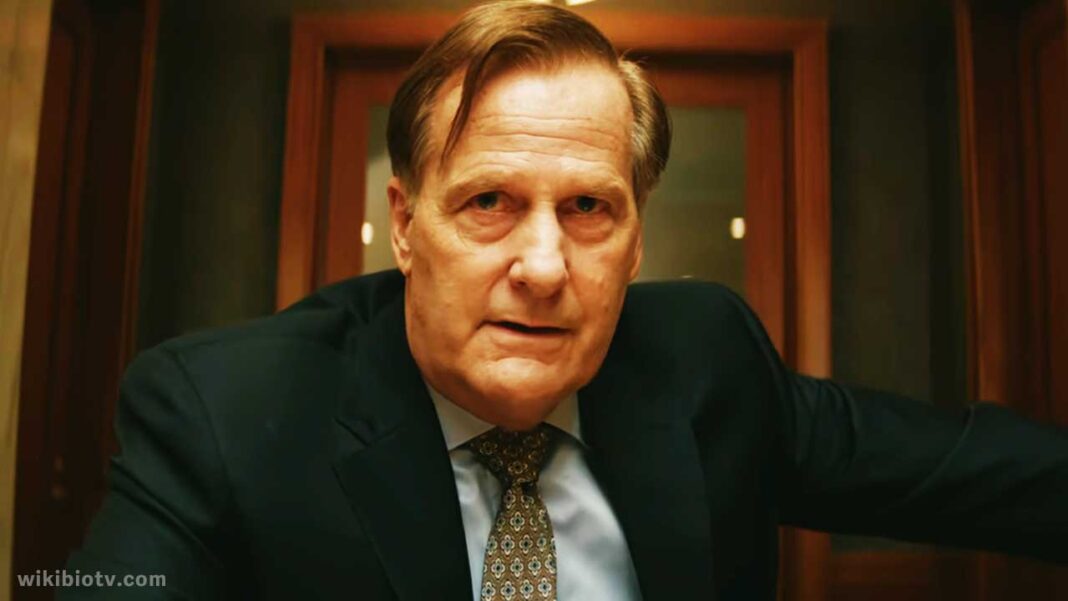
“A Man in Full” is a 2024 Netflix drama miniseries that is based on Tom Wolfe’s popular novel of the same name. This television adaptation was directed by Thomas Schlamme (‘Big Little Lies’) and Regina King (‘One Night in Miami’) and written by David E. Kelley, with Jeff Daniels starring in this tour-de-force performance as Charlie Croker, an Atlanta giant real estate developer who experiences an abrupt catastrophic collapse—his biggest one yet!
Plot Summary
The show starts with a man who talks about how he might die and shares his philosophy that a man must assert himself. Ten days earlier, the tale takes place at Charlie Croker’s huge sixty-first birthday party. Underneath the rejoicing, there are tensions as he shows off his success next to his young wife, Serena. He runs into Raymond Peepgrass, a banker, and Joyce Newman, an ex-wife friend. Meanwhile, Charlie’s lawyer, Roger White, gets into a car accident. Afterwards, Raymond receives a phone call from Harry Zale, who is a banker’s fixer, demanding knowledge about troubles with money that are related to Charlie. The following day, Charlie faces off with Zale over defaulting on an eight hundred million dollar loan, then sets out for revenge by planning his comeback while Roger struggles between being loyal or not being loyal towards his employer.
While this goes on, Raymond has personal matters such as dealing with child support claims and racial tension concerning his assistant’s husband. Amidst the chaos, Charlie confronts Raymond to halt the bank’s pursuit of his debts.
How Does The Show Begin?
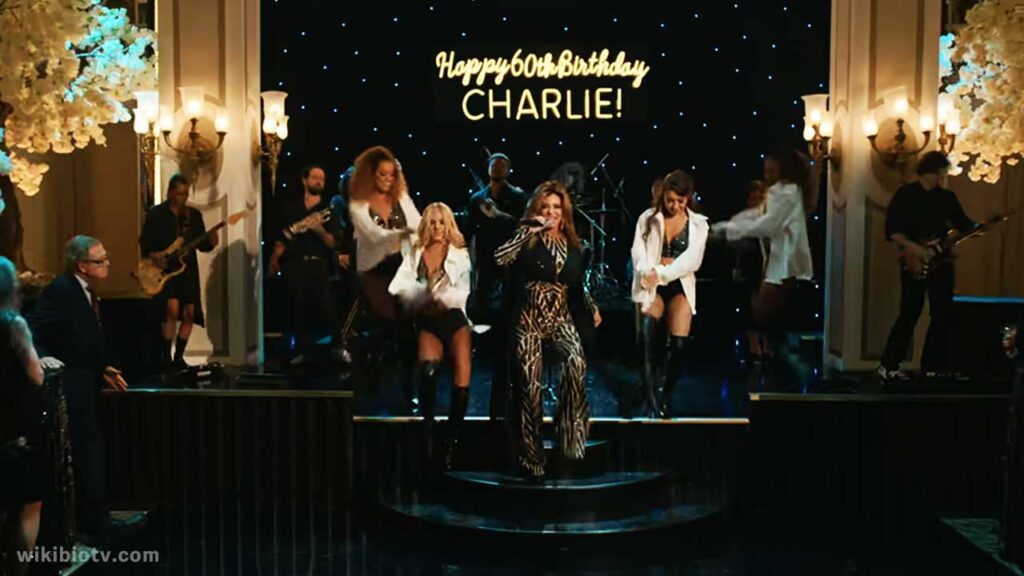
The story begins with a massive party thrown at the mansion of Charlie Croker, an influential figure in Atlanta’s corporate world. For his sixtieth birthday, it’s all glitz and glamour—fancy decorations, celebrity guests, a live band. Charlie himself is a big deal. Charlie’s a big deal, owning Croker Foods and having major investments in the city’s real estate, like the Concourse building. Not to mention, he is practically untouchable by law enforcement.
But when he gets called into Plannersbanc the next morning—a bank where he conducts much of his business—he thinks it’s just another routine money meeting. However, it turns out that they’re sick of dealing with all these sketchy financial transactions made by none other than Charles himself! The guy owes them eight hundred million dollars alone, which puts his total debt over one billion dollars, and most of that money seems to have gone directly into his own pockets rather than back into his companies.
Raymond Peepgrass, a bank guy who’s had it with Charlie’s attitude, teams up with Harry Zale to lay down the law. Either Charlie coughs up the cash fast (which isn’t happening) or they’re taking his stuff and he’s bankrupt.
Charlie’s kingdom may be falling from his grasp, but he is still walking around like nothing can touch him. But then it starts to sink in that everything is slowly turning into a nightmare for him. He has no idea what to do next; all he knows is that he needs some way out of this mess before it’s too late! At the same time as this is happening with Charlie, Roger White, who happens to be his attorney, starts thinking about quitting because defending large companies all the time has become monotonous for him now. However, things take an interesting twist when a juicy case falls in his lap: Conrad Hensley, a Croker Foods employee, gets nabbed by the cops.
How Is The Theme Of Racism Shown Through Conrad’s Story?
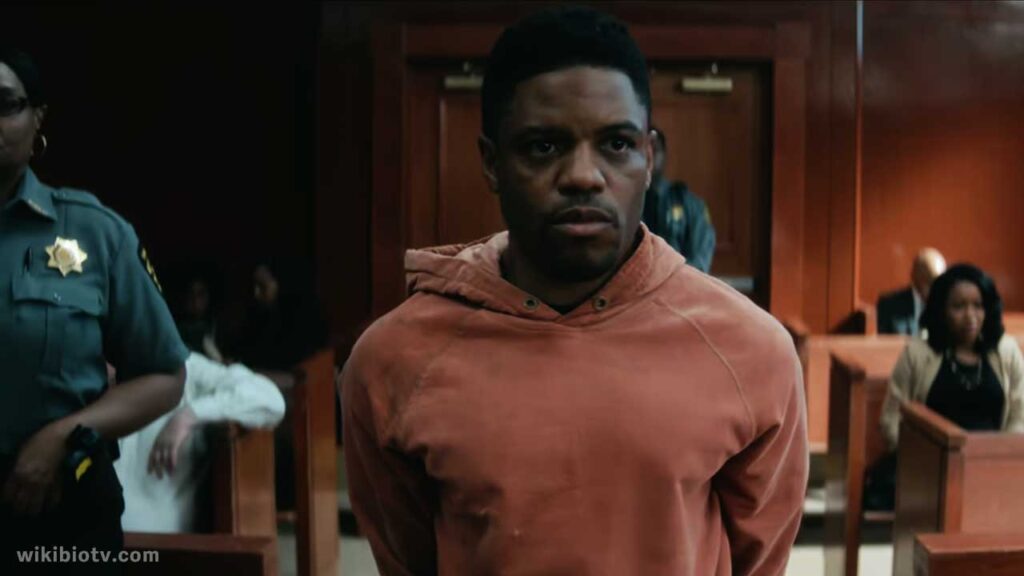
Also read: “Fiasco” Ending Explained And The Mastermind Behind The Threats Revealed
“A Man in Full” is very much about racism, and it centers around Conrad Hensley’s encounters as an employee at Croker Foods and his wife Jill, who is employed by the CEO Charlie Croker. The car that Conrad was driving while grocery shopping gets towed from a red zone where it had been pushed, despite visible dents showing that someone else moved his vehicle there. He decides not to leave until this matter is resolved, but Atlanta PD officer Michael Smith makes things worse with his unreasonable behavior towards him; therefore, he ends up punching him, resulting in his arrest.
This event brings out the ingrained racial prejudice in America, particularly within law enforcement officers and the legal system. It should be noted that such incidents are not new in Atlanta or Georgia, where racism still thrives. These occurrences are reminiscent of what sparked off the 2020 Black Lives Matter protests, which were cases involving too much use of force by police against blacks.
Michael Smith’s racist motive can be deduced from his actions against Conrad; this shows that there are systematic prejudices targeted at African Americans by whites like him who hold positions of power within organizations like APD, where they work together daily but never get to know each other well enough because their lives don’t overlap much unless something bad happens between them. The reason behind Conrad hitting back may have been violent though it reflects feelings threatened as well humiliated due to acts done by Smith which mirrors what black people go through when confronted with brutal cops.
However, the violence can’t be justified, and Conrad’s actions have consequences. During the trial, the judge’s bias becomes evident. He easily dismisses Conrad’s defense and focuses solely on his assault on a police officer. Even if Conrad had a clean record, the judge refused to acknowledge it, which is a common injustice faced by black defendants.
Political agendas further make Conrad’s case complicated. Mayoral candidate Norm Bagovitch shares prejudiced views that align with those of figures like Smith and the judge. Conrad, even having clear evidence of facing police brutality, receives a harsh sentence. He is sent to Fulton County jail.
Conrad’s struggle for justice wildly contrasts with Charlie Croker’s financial problems, showing us the prevalent societal disparities. Only through Roger White’s diligent lawyering does Conrad find justice. Footage from police bodycams exposes Smith’s excessive force, leading to Conrad’s acquittal. Even though Conrad gets out of trouble, he still feels the pain of racism and unfairness. His story reminds us that racism is still a big problem in America.
Masculinity, Another Theme In “A Man In Full”?
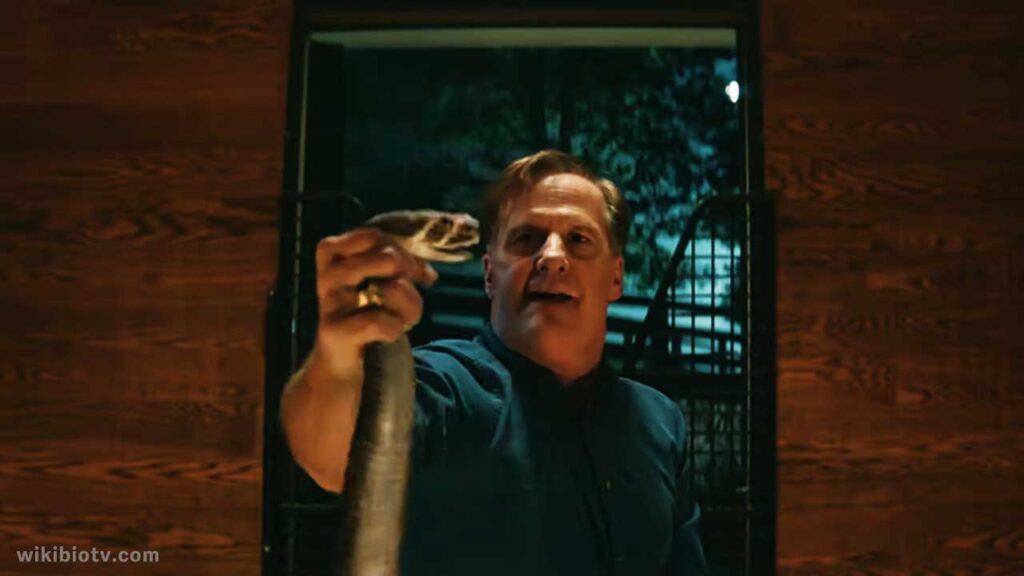
Also read: “Brigands: The Quest For Gold” Season 1 Plot And Ending Explained
Racism is considered a big problem in “A Man in Full,” but toxic masculinity is also evident all through the narrative. In fact, it runs through the entire book. The best example of this is Charlie Croker, who happens to be the main character. His whole life revolves around demonstrating how strong he can be and never accepting failure, since defeat means the ultimate shame for any man, according to him. Therefore, one would say that he has rough language, which reflects what society expects from men like him: tough and powerful kids who use their muscles instead of brains most of the time.
However, Charlie is far from being the only character in the story consumed by petty male ego. Harry Zale and Raymond Peepgrass are two other white men who are also driven by it. While Zale openly talks about wanting to physically beat Charlie, sometimes seen working out in his office for this purpose, Raymond is hell-bent on taking him down because of the personal humiliation suffered at his hands. Raymond confesses that he admires Charlie’s success but still wants to bring him down, even though he secretly wishes to be like him. It’s not so much about doing what’s right against misuse of funds by Charlie; it’s their egos clashing and asserting dominance over one another.
To make things worse, Raymond starts seeing Martha, Charlie’s former wife, which only intensifies the battle for dominance between them. Feelings may or may not play a part in this; it can also be seen as another move by Raymond to prove himself superior. Raymond does more than strip Charlie of everything he has and sleeps with his ex-wife; he takes off all his belongings too while using her as a way of controlling him. This is like children fighting over their toys, except that here these objects happen to belong to one child alone, namely Charlie, and therefore matter much more.
“A Man In Full” Ending Explained: What Fate Did Charlie Meet In The End?
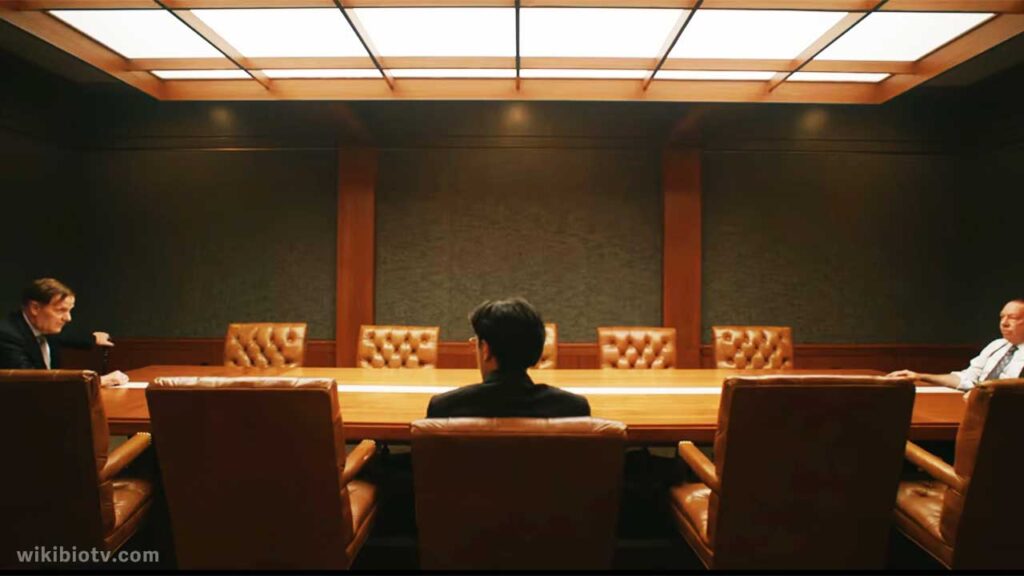
Charlie wanted the bank managers, Raymond and Harry Zale, to reach a mutual agreement. He also did his best to intimidate them, but upon failing that attempt, he knew there was nothing else left for him except accepting Wes Jordan’s bid. Wes was aspiring to become mayor and asked Charlie to publicly criticize Norman Bagovitch, whom he alleged was a sex offender. Some time back, an incident occurred between Norman and one Joyce Newman, who happened to be Martha Croker, his ex-wife’s close friend. Even though Charlie made efforts to talk with Joyce about it, she refused to get herself entangled in such matters.
Everything was not clear in Joyce’s memory due to drunkenness. However, she recalled that she had assented to it then, albeit with subsequent regret. In fact, it wasn’t like her to make much fuss about such things, especially when others seemed more interested in self-preservation than concern for her welfare. So Wes told her that if she didn’t come forward, Charlie would have to testify against Norman and back Wes up instead. It put Charlie in a bind because he and Norman used to be friends and besides, he didn’t think it was fair.
Charlie woke up the day of the press conference torn, yet at the last moment before speaking out against Norman, he decided not to accuse him. He threw his support behind Wes but did not attack his opponent personally. It was seeing his son there looking up at him from among those faces that gave Charlie enough strength to finally do what he knew deep down inside was right all along. There would be consequences for sure, even though he believed that on this particular day everything would work out fine, so being ready or not wouldn’t matter much.
The mayor gets mad at Charlie when he changes his mind and takes back his assistance with the bank problem, leaving Charlie in trouble again. But before it can get any worse, he finds out something even worse—Raymond Peepgrass has started a new company called Big Red Dog LLC to buy most of the shares of the Concourse property. Raymond is dating Martha, Charlie’s ex-wife, whom she told would protect her financially if he went broke. He’s also trying to take away her shares and Wally’s.
When Charlie confronts Martha about it, he catches her being intimate with Raymond. Like always, Martha gets left out while the two men fight. Charlie ends up choking Raymond, but then Charlie has a heart attack because of all the stress. He can’t let go of Raymond, and both men die tragically. In a funny twist, Charlie’s new mechanical knee starts shaking, reminding him that dying suddenly saved him from a lot of embarrassment and financial problems.





